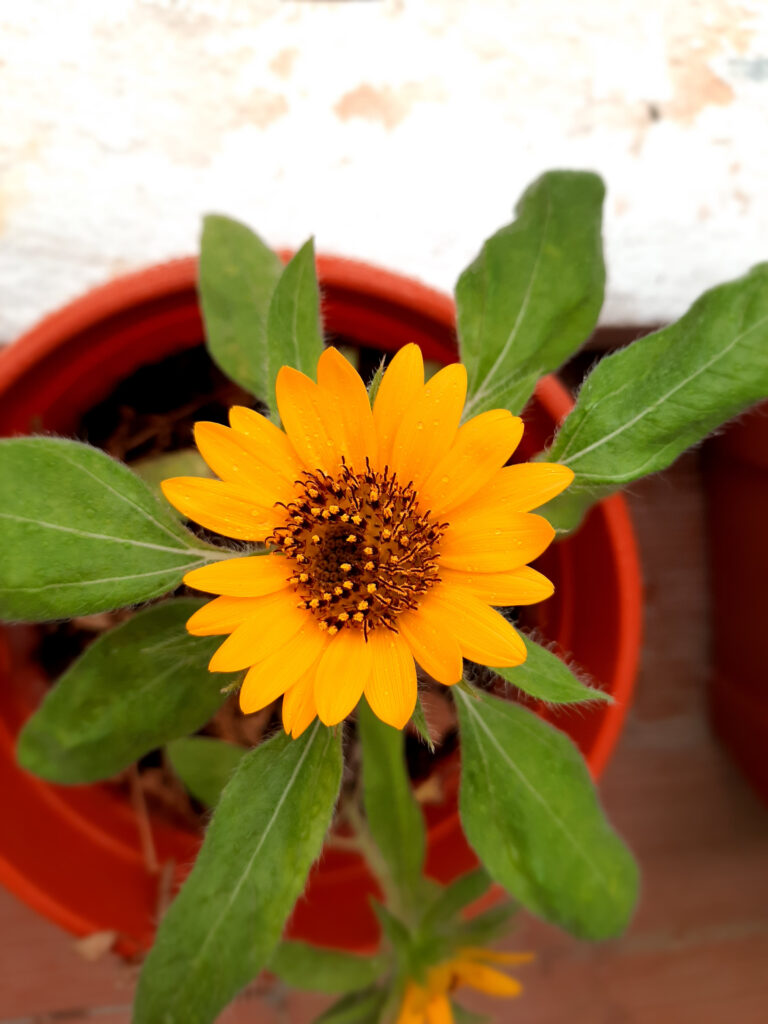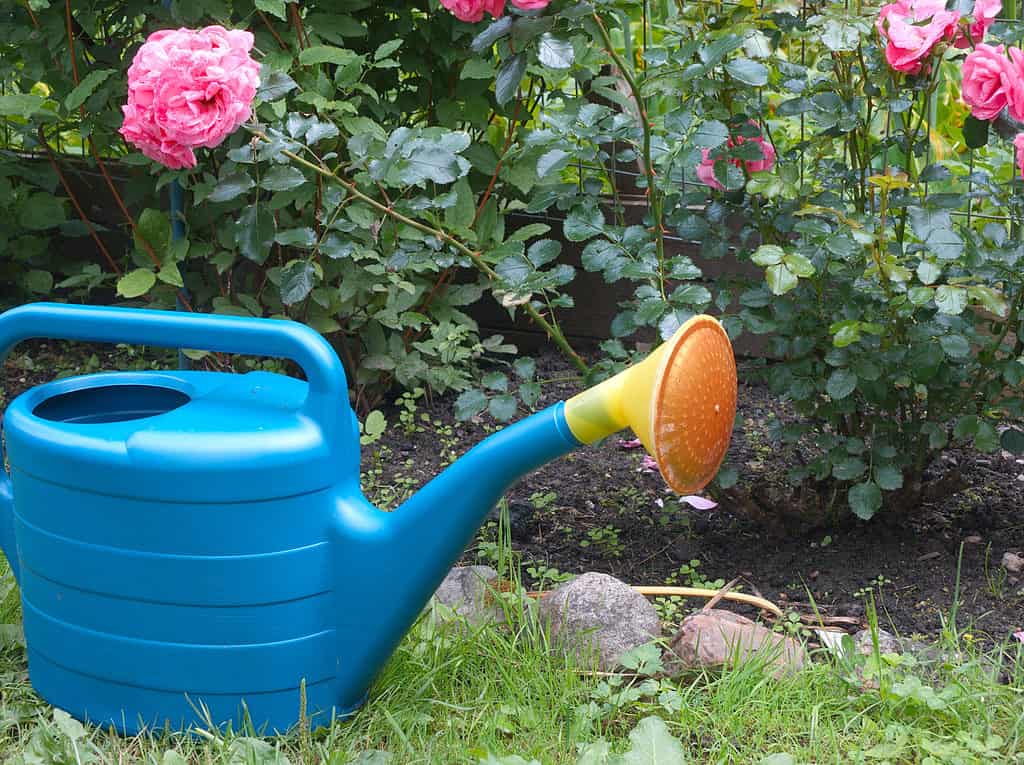Sunflowers are very popular flowers. Although you can buy them in a floral shop, if you have the right conditions, planting sunflower seeds is easy! Not all sunflowers are alike either. There are over 70 sunflower species, and all are native to North America. They come in different colors, sizes, and textures. Some sunflowers are red, and others are small enough that you can plant them in containers.
Do you want to learn when to plant sunflowers to have your very own fresh cuttings? Follow along to learn more about sunflowers and the best time to plant their seeds.
About Sunflowers
Sunflowers are beautiful and vibrant. They hold a lot of meaning and can be found throughout the world. Although they are common flowers throughout the world, sunflowers are native to South, Central, and North America. Some species are aggressive and grow quickly, shadowing surrounding plants. Sunflowers commonly grow taller than 100 inches. Interestingly, while we consider the large head of the plant one flower, it’s a disc made up of tiny flowers. Sunflowers, as their name suggests, face the sun. This plant tilts their heads toward the light.

Sunflowers are native to North, South, and
Central America
.
©iStock.com/tomofbluesprings
When Is The Best Time To Plant Sunflower Seeds?
The sunflower seeds you plant in the soil are the same sunflower seeds you can find in grocery stores, except, they aren’t roasted or seasoned. Each sunflower species has a unique sowing and transplanting season. You can start the seeds indoors or outdoors. Generally, the best time to plant sunflower seeds is during late spring. The soil needs to be warm enough to germinate the seeds. The ideal temperature of the soil for sunflower seeds is about 70 to 85 °F. It’s also important you plant sunflower seeds after the risk of frost is gone. While you can’t control the weather, you can wait until two to three weeks after the last average frost date.
The exact best months to plant these seeds depend on the USDA hardiness zones. Most sunflower species can be grown in USDA hardiness zones 2 to 11. In the warmer or “higher” numbered zones, you can plant the seeds in early spring or late winter. For example, in zones 10a to 11, you can plant the seeds as early as the end of February. However, in cooler zones like zone 4, winters are colder and longer, so it’s best to plant sunflower seeds in May or June.
How Long Do Sunflowers Take to Grow?
Sunflowers take between 70 to 120 days to fully mature. However, sunflower seeds germinate quickly. They can start sprouting roots in 7 to 10 days. You can germinate sunflower seeds by placing the seed about 1 inch deep in the soil. You can also wet a paper towel and place the seed in it. Fold the paper towel so that the seed remains wet. Next, place the paper towel in a plastic storage zipper bag. Keep the bag in a sunny place. In just a few days, you should start to see roots sprouting from the sunflower seed.

The best time to plant sunflower seeds is after the last frost when the soil’s temperature is about 70 to 85 °F.
©iStock.com/Faina Gurevich
Caring For Sunflowers
Unless you have an amazing green thumb, it’s not enough to just plant the seed and move on. Sunflowers need care, especially if you live in a cold environment with shade. Still, sunflowers are resilient and grow in many different conditions. You don’t even need a large backyard or garden space to plant sunflower seeds. Keep reading to learn more about the essentials of how to care for sunflowers including their sunlight, soil, and watering needs.

There are over 70 sunflower species that grow wild in South, North, and Central America.
©TheAmateurShot/Shutterstock.com
Sunlight
Sunflowers need sunlight, it’s important for their development. These large and vibrant plants need at least 6 to 8 hours of direct sunlight every day. When sunflowers have more than 8 hours of sunlight, they grow abundant flowers quickly. However, if you don’t have enough unfiltered sunlight, you don’t need to give up your sunflower-planting dreams. You can also grow sunflowers indoors if you own grow lights. LED grow lights last long and can be timed to turn on and off automatically.
Soil
These tall and yellow flowers aren’t delicate. They thrive in the wild growing in many conditions across North, Central, and South America. However, while they can tolerate poor conditions, they thrive in nutrient-rich and well-draining soil. If the soil is too thick and hard, it can cause root rot since water sits without draining. Sunflowers also like slightly acidic to somewhat alkaline soil with a PH level between 6.0 to 6.8.
Watering
The amount of water you use to water your sunflowers is important. Interestingly, while germinating, sunflower seeds require a lot of water to grow. But, during the growing season, sunflowers only need about 1 inch of water a week. If you aren’t sure, you can measure it out with a watering can. To check if your plants need more water, stick a finger into the soil to see if the top 6 inches are moist or dry. While you can water sunflower plants at all times of the day, it’s best to do so during early mornings and late afternoons.

Sunflowers while blooming only need about an inch of water a week.
©iStock.com/victorass88
The photo featured at the top of this post is © iStock.com/Katie Simmons
Thank you for reading! Have some feedback for us? Contact the AZ Animals editorial team.







